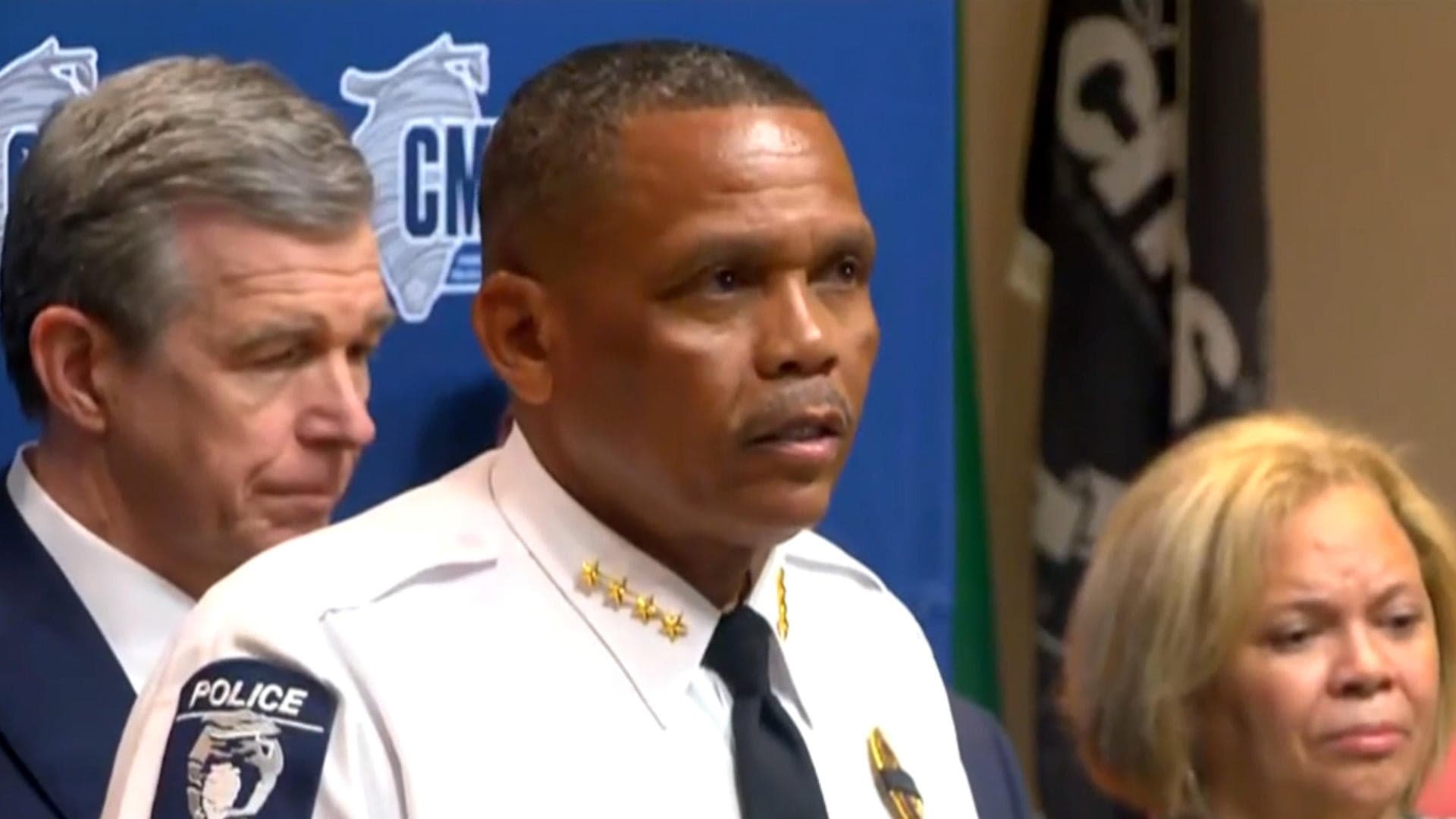Flight Restrictions Lifted Ahead of Thanksgiving Surge, Travelers Face Uncertainty
Federal aviation authorities lifted temporary flight restrictions on November 17, 2025, clearing the way for increased Thanksgiving travel but leaving airlines, airports and passengers racing to adjust. The move matters because it tests agency communications and operational capacity during one of the nation’s busiest travel periods, with consequences for public confidence and oversight.

Federal aviation authorities lifted temporary flight restrictions on Monday as millions of travelers prepare for Thanksgiving travel, according to a report from CBS News. The decision removes limits that had constrained some commercial and general aviation operations earlier in the day, allowing airlines to restore or accelerate scheduled departures and arrivals ahead of the holiday weekend.
Airports and airlines face compressed timelines to convert the clearance into seamless operations. Ground crews, air traffic control centers and security checkpoints must absorb sudden changes in passenger volumes, creating potential for cascading delays. Travelers checking itineraries on Monday saw a mix of restored flights and schedules still subject to change, underscoring the uneven impact of the earlier restrictions and the logistical challenge of a rapid operational restart.
The lifting of restrictions highlights the tradeoffs regulators confront between immediate precautions and broader mobility needs. Authorities cited safety and security considerations when imposing limits, and the reversal indicates those considerations were judged manageable in the near term. For consumers the decision reduces the likelihood of widespread cancellations, yet it does not eliminate the risk of disruption. Airlines will still contend with crew rest rules, aircraft repositioning and the backlog of demand built up during the period of constraint.
Institutionally this episode raises questions about how and when regulators choose to restrict airspace, how they communicate those decisions to carriers and travelers, and how well contingency plans perform under compressed timelines. Aviation oversight involves multiple agencies and industry actors, and the effectiveness of coordination can determine whether a temporary restriction produces orderly resumption or prolonged turbulence. Transparency about the criteria used to impose and lift restrictions will be central to preserving public trust as holiday travel peaks.
The policy implications extend to congressional oversight and state level concerns. Lawmakers are likely to scrutinize the rationale and timing of the restrictions, seeking clear explanations of the risk assessment and the steps taken to mitigate passenger impact. That scrutiny matters because public confidence in transportation institutions affects civic behavior, including travel choices and broader perceptions of government competence. For communities dependent on airport traffic, a stable travel environment is critical to local economies during the holiday season.
For travelers the immediate priority is practical: monitor airline communications, confirm reservations and allow additional time at airports. For policymakers and regulators the episode is a reminder that emergency actions must be paired with rapid, clear communication and robust operational plans. As Thanksgiving approaches, the performance of these systems will shape not only the holiday experience for millions of Americans but also the accountability framework for those who govern the nation’s skies.

